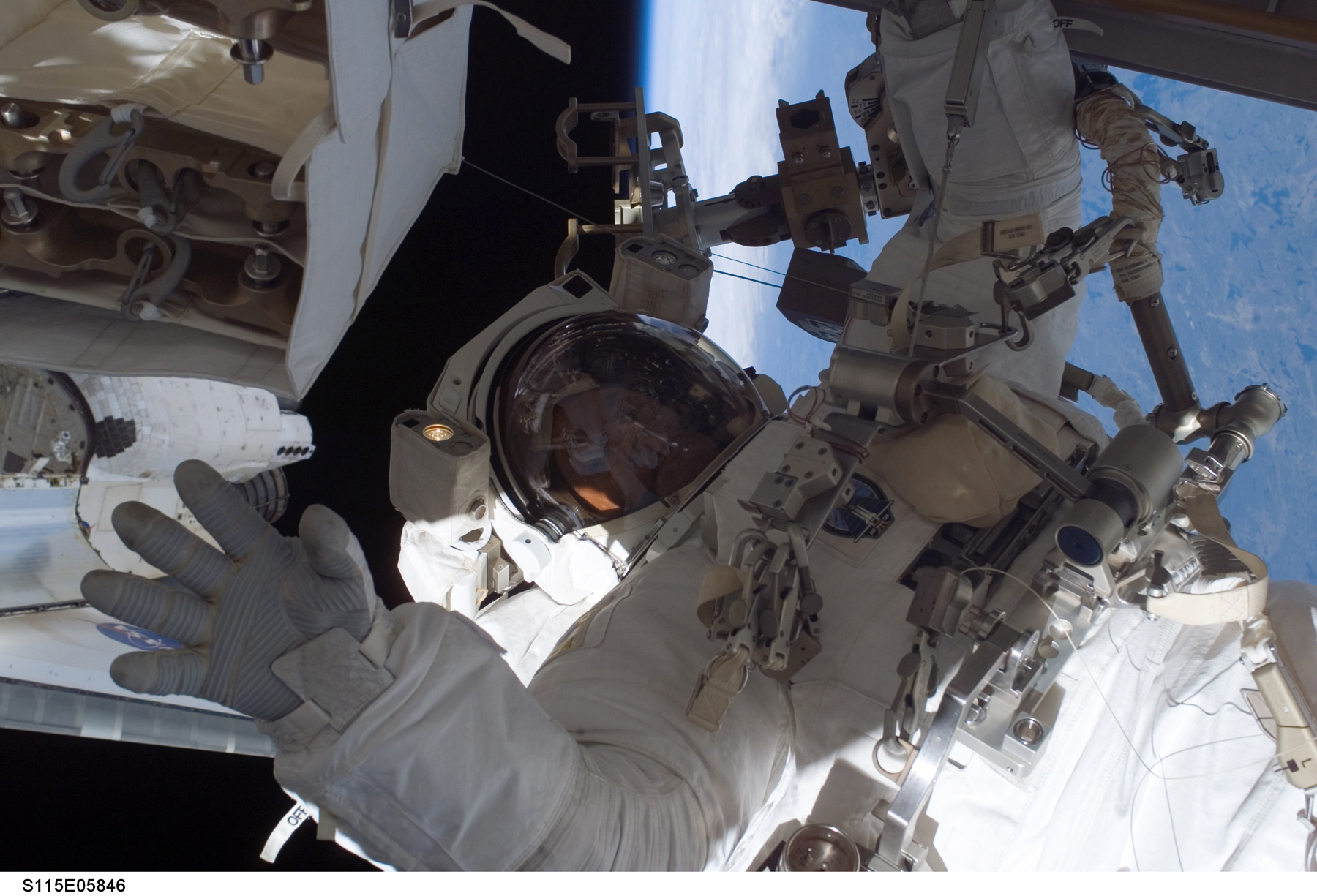Jeremy Roger Hansen, astronaut, cavenaut, aquanaut, fighter pilot, physicist (born 27 January 1976 in London, ON). Following outstanding service as an air force pilot, Hansen was selected to join the Canadian astronaut corps in 2009 (see Royal Canadian Air Force; Canadian Space Agency). He will serve as a mission specialist on the Artemis II flight scheduled to circle the moon no earlier than September 2025. As a member of the crew, he will be the first Canadian and the first non-American to fly to the moon.

Early Life and Education
Jeremy Hansen grew up on a farm near the community of Ailsa Craig, Ontario, where he attended elementary school. His family moved to Ingersoll, Ontario, where he attended Ingersoll District Collegiate Institute. At age 12 he joined the 614 Royal Canadian Air Cadet Squadron in London, Ontario. At 16 he earned his Air Cadet glider pilot wings and at 17 he earned his private pilot licence and wings. After graduating from high school and Air Cadets, Hansen was accepted for officer training in the Canadian Armed Forces (CAF). He was trained at Chilliwack, British Columbia, and the Royal Military College at Saint-Jean-sur-Richelieu, Quebec. Hansen then enrolled in the Royal Military College of Canada in Kingston, Ontario. In 1999, he completed a Bachelor of Science in space science with First Class Honours and was a Top Air Force Graduate from the Royal Military College. In 2000, he completed his Master of Science in physics with a focus on wide field of view satellite tracking.
CAF Pilot
In 2003, Jeremy Hansen completed training as a CF-18 fighter pilot with the 410 Tactical Fighter Operational Training Squadron at Cold Lake, Alberta. From 2004 to 2009, he served by flying CF-18s with the 441 Tactical Fighter Squadron and the 409 Tactical Fighter Squadron. He also flew as Combat Operations Officer at 4 Wing Cold Lake. Hansen’s responsibilities included NORAD operations effectiveness, Arctic flying operations and deployed exercises. He was promoted to the rank of colonel in 2017. (See also Royal Canadian Air Force.)
Career as an Astronaut
In May 2009, Jeremy Hansen and David Saint-Jacques were chosen out of 5,351 applicants in the Canadian Space Agency’s (CSA) third Canadian Astronaut Recruitment Campaign. He graduated from Astronaut Candidate Training in 2011 and began working at the Mission Control Center in Houston, Texas, as capsule communicator (capcom, the person in Mission Control who speaks directly to the astronauts in space.

As a CSA astronaut, Hansen continues to develop his skills. In 2013, he underwent training in the High Arctic and learned how to conduct geological fieldwork (see Arctic Archipelago; Geology). That same year, he participated in the European Space Agency’s CAVES program in Sardinia, Italy. In that human performance experiment Hansen lived underground for six days. In 2014, Hansen was a member of the crew of NASA Extreme Environment Mission Operations (NEEMO) 19. He spent seven days off Key Largo, Florida, living in the Aquarius habitat on the ocean floor, which is used to simulate conditions of the International Space Station and different gravity fields. In 2017, Hansen became the first Canadian to lead a NASA astronaut class, in which he trained astronaut candidates from Canada and the United States.
Did you know?
Hansen has been instrumental in encouraging young people to become part of the STEM (Science, Technology, Engineering, Mathematics) workforce with the aim of encouraging future generations of space explorers. His inspirational work in Canada includes flying a historical “Hawk One” F-86 Sabre jet.
Artemis II
In April 2023, Hansen was chosen along with Americans Christina Koch, Victor Glover and Reid Wiseman to crew NASA’s Artemis II mission to the moon. The mission, scheduled for no earlier than September 2025 after a delay due to technical problems, marks NASA’s first manned moon voyage since Apollo 17 in 1972. The Artemis II astronauts will not land on the lunar surface, but will orbit the moon in an Orion spacecraft. They will conduct tests in preparation for future manned moon landings, the establishment of an orbiting space station called Lunar Gateway, or Gateway, and a base on the moon’s surface where astronauts can live and work for extended periods. The path taken by Orion will carry the astronauts farther from Earth than any humans have previously travelled. Hansen’s participation in Artemis II is a direct result of Canada’s contribution of Canadarm3 to Lunar Gateway. (See also Canadarm; Canadian Space Agency.)
“Being part of the Artemis II crew is both exciting and humbling. I’m excited to leverage my experience, training and knowledge to take on this challenging mission on behalf of Canada. I’m humbled by the incredible contributions and hard work of so many Canadians that have made this opportunity a reality. I am proud and honoured to represent my country on this historic mission.” – Jeremy Hansen (Canadian Space Agency, 2023)
Did you know?
On his Artemis II trip, Hansen will wear an Indigenous-designed mission patch created for him by Anishinaabe artist Henry Guimond.
Honours and Awards
- Air Cadet League of Canada Award (1999)
- Clancy Scheldrup Memorial Trophy (2001)
- Canadian Forces Decoration (2006)
- Queen Elizabeth II Diamond Jubilee Medal (2012)
- Fellow, Royal Canadian Geographical Society (Date Unknown)
- Gold Medal, Royal Canadian Geographical Society (2014)
- Canada’s flag-bearer for the coronation of King Charles III and Camilla, Queen Consort (2023)
- Calgary Stampede Parade Marshal (2023)

 Share on Facebook
Share on Facebook Share on X
Share on X Share by Email
Share by Email Share on Google Classroom
Share on Google Classroom















